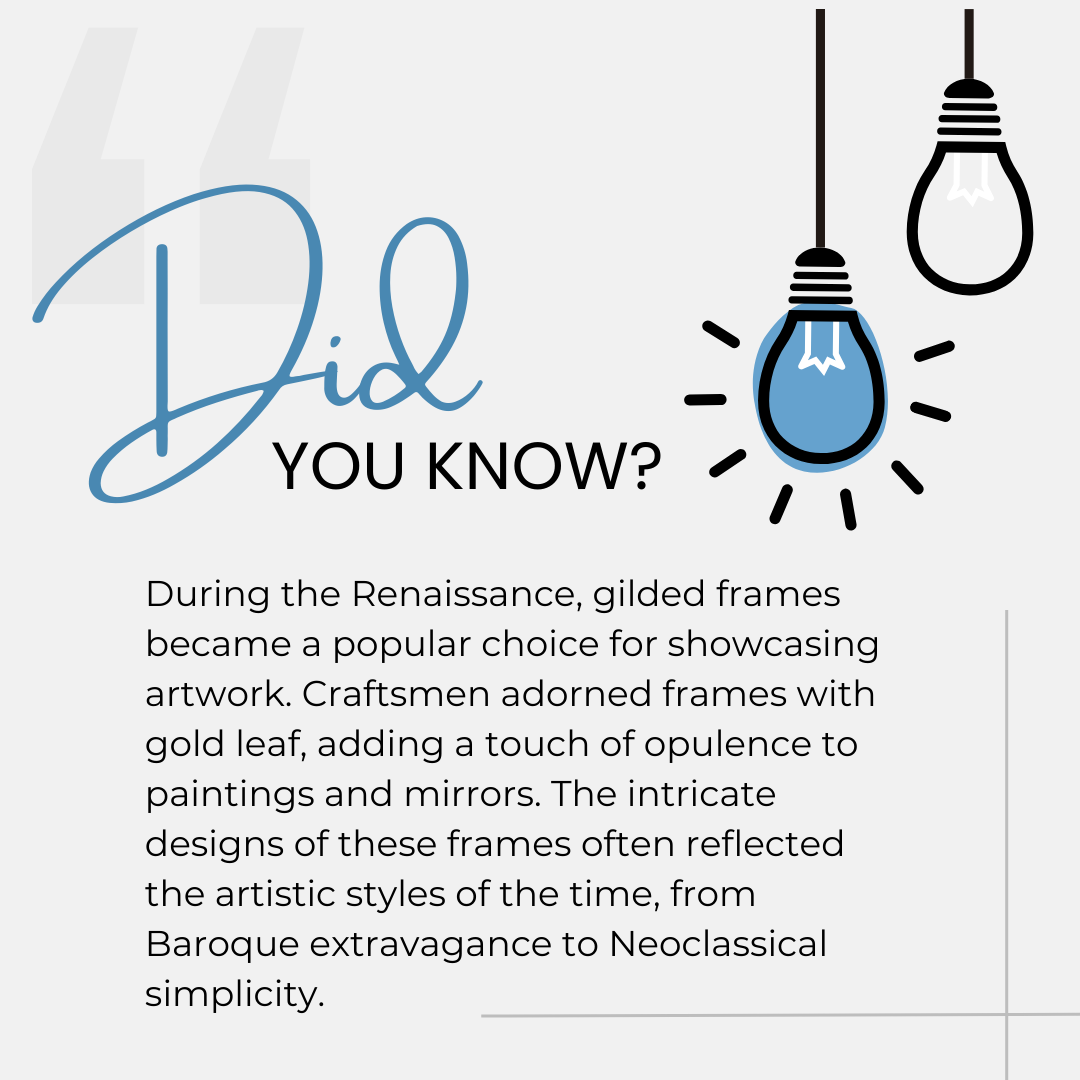From Wood to Pixels: The Evolution of Picture Frames
Posted by CF Style Team on on Mar 21st 2024
Picture frames are not merely functional accessories; they are works of art in themselves, enhancing the beauty and significance of the images they display. To truly appreciate the evolution of picture frames, we must take a journey through time, exploring their history from antiquity to modern times.
Antiquity: The Birth of Picture Framing
The origins of picture framing can be traced back to ancient civilizations. In Egypt, papyrus paintings were often enclosed in wooden frames, demonstrating the earliest known examples of framed art. These frames were simple and served primarily as protective casings.

Medieval Europe: Ornate Decorative Frames
As the Middle Ages dawned in Europe, picture frames began to evolve beyond their utilitarian origins. Wooden frames became more ornate and decorative, adorned with intricate carvings and gilded finishes. This period marked the emergence of frames as integral parts of religious and secular art.
Renaissance: The Golden Age of Framing
The Renaissance was a transformative era for art and picture framing. Artists like Leonardo da Vinci, Raphael, and Michelangelo introduced framed artwork into the homes of the European elite. Frames from this period were masterpieces in their own right, with elaborate designs, gold leaf gilding, and fine craftsmanship.

17th and 18th Centuries: Baroque and Rococo Extravagance
The Baroque and Rococo styles of the 17th and 18th centuries ushered in even more opulent frames. These frames featured intricate scrollwork, ornate embellishments, and vibrant colors. They complemented the dramatic and extravagant art of the time.
19th Century: Victorian Elegance
The Victorian era saw a shift towards more sentimental and intricate frames. Oval frames became popular for displaying portraits, while gilded and embellished frames continued to adorn artwork and mirrors in Victorian homes.
Early 20th Century: Modern Simplicity
The turn of the 20th century brought a departure from the ornate frames of previous eras. Artists and designers embraced simplicity and minimalism. Modernist movements like Art Nouveau and Art Deco influenced frames with sleek lines, geometric shapes, and new materials such as chrome and glass.

Contemporary Times: Eclectic Diversity
In the 21st century, picture frames have become more diverse than ever before. There's a growing appreciation for both antique and modern frames, with a focus on personalization and sustainability. Artists and collectors alike seek frames that complement their art and decor while expressing their individuality.
Digital Age: Virtual Frames
With the advent of digital photography, the concept of frames has expanded into the virtual realm. Digital frames, screens, and software now allow users to display and share their photographs and artwork electronically, while virtual galleries offer new ways to appreciate and collect digital art.
Framing Through the Ages
The history of picture frames is a testament to human creativity and the ever-evolving relationship between art and its presentation. From the simple wooden casings of ancient Egypt to the ornate frames of the Renaissance and the modern minimalism of today, picture frames have played an essential role in shaping our appreciation of art and the aesthetics of our living spaces.
As we continue to evolve in the digital age, picture frames remain a bridge between the past and the present, preserving our memories and showcasing our creativity. They remind us that the art of framing is as much about preserving history as it is about creating a canvas for the future.

